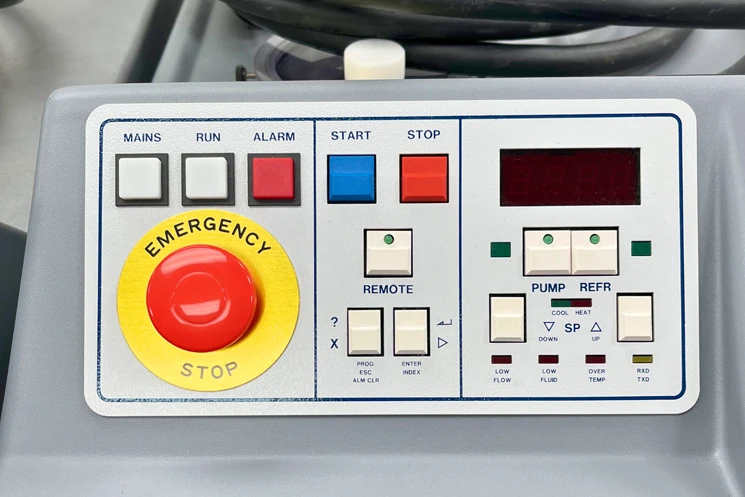Capturing an asset means recording and tagging an item to track it throughout its use. This process helps businesses keep their equipment, tools, or inventory organized. Asset tags or labels, often with unique identifiers like serial numbers, make tracking easier and more accurate.
What Is Asset Capturing?
Asset capturing is a way for businesses to manage their tools, equipment, and inventory. It involves tagging each item with a label or code, like a barcode or serial number. This creates a record of the item’s location, condition, or usage.
Examples of Asset Capturing
- IT departments track laptops, monitors, and printers to monitor their condition and ensure updates.
- Hospitals label medical devices to make sure they are available and working when needed.
- Construction companies use asset tags to prevent loss of tools and plan repairs for equipment.
By capturing assets, businesses save time, reduce loss, and keep their operations running smoothly.

How Do Asset Tags and Labels Help?
What Are Asset Tags?
Asset tags are tools that help identify and track items. They usually include information like a barcode, QR code, or serial number.
Benefits of Asset Tags and Labels
- Identification: Tags create a unique identity for each item, simplifying tracking.
- Durability: Many tags are built to last, even in tough environments like warehouses or outdoor job sites.
- Customization: Tags can be designed to fit specific needs, such as different sizes, materials, or adhesives.
How They Improve Tracking
Asset tags help businesses:
- Find items faster in large inventories.
- Reduce theft or loss by clearly identifying equipment.
- Keep accurate records for audits or compliance.
Why Are Custom Asset Tags Important?
Custom asset tags make tracking easier because they are designed for specific business needs. For example, a manufacturing company might need heavy-duty aluminum tags, while an office might use simple adhesive labels.
The Role of Serial Numbers
Serial numbers are an important feature of custom tags. These unique numbers make it easier to:
- Track individual items, even in large inventories.
- Avoid mistakes by preventing duplicate entries.
- Connect tags to asset management systems for better reporting.
For example, schools use serial tags on laptops. This helps track which device belongs to each student and ensures proper returns.
How Asset Capturing Benefits Business Operations
Asset capturing makes it easier for businesses to stay organized and manage their resources efficiently.
Easier Maintenance
When items are tagged, businesses can plan maintenance more effectively. This reduces downtime and avoids unexpected failures.
Faster Audits and Better Compliance
Tagged assets create clear records, making audits quicker and more accurate. In industries with strict rules, like healthcare or finance, asset capturing helps meet compliance requirements.
Improved Resource Use
Knowing what you have and where it is helps avoid unnecessary purchases. For example, instead of buying new equipment, you can reallocate items already in stock.

Conclusion: Improve Your Management of Assets
Capturing assets is an important process for businesses. By tagging items with asset tag labels, businesses can track their resources, reduce loss, and stay organized. Serial numbers add accuracy, especially when combined with asset management software.
If your business needs reliable asset tags, Maverick Label offers options that can be customized to fit your specific requirements.
What Does It Mean to Capture an Asset FAQs
Capturing an asset means recording and tagging it for tracking, maintenance, and better organization.
Serial numbers give each item a unique ID, making it easy to track and manage without duplication.
Common materials include aluminum, polyester, and vinyl, which are durable and resistant to wear and tear.
Yes, asset tags make it easier to locate items and identify them, which helps prevent theft or misplacement.
Industries like IT, healthcare, manufacturing, and education rely heavily on asset tags to manage their resources.



